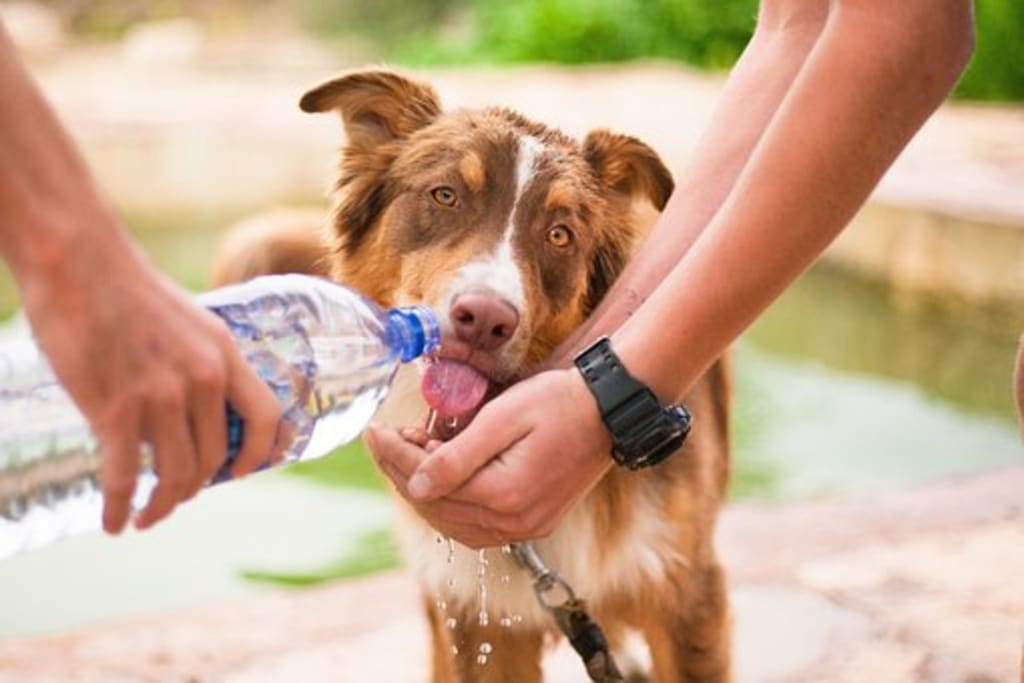
Teaching children to be gentle and respectful around pets can help foster positive relationships between kids and animals. This can include teaching kids how to properly approach and pet animals, as well as how to interact with them in a safe and appropriate way. Additionally, supervising interactions between children and pets can help ensure that both are safe and comfortable. Providing positive reinforcement for good behavior from both the child and the pet can also help to strengthen their bond.
• Encourage children to participate in the care and responsibility of the pet, such as feeding, grooming and exercise. This can help them understand the needs of the animal and develop empathy and compassion.
• Role-playing with stuffed animals or dolls can help children learn how to behave around pets.
• Reading books or watching videos about pet care and behavior can also be a helpful tool for teaching kids how to interact with animals.
• Children can learn how to read a pet's body language to understand how it is feeling and to respond appropriately.
• Encourage children to give pets their own space and time alone, teaching them to understand when a pet needs time to rest or relax.
• Create a safe and comfortable environment for the pet, so they feel secure and happy in the presence of kids.
• Show them how to be respectful of the pet's belongings, such as toys and beds, and teach them to never take the pet's items without asking first.
• Lastly, remind children to always ask an adult's permission before approaching or handling a pet they don't know.
• Regularly scheduling playtime with the pet can help children bond with the animal and develop trust.
• Encourage children to learn the pet's name and use it during interactions.
• Teach children to use a soft, calm voice when speaking to pets, as loud or high-pitched voices can be intimidating or frightening.
• Show children how to properly hold and carry a pet, as well as how to support the pet's head and body.
• Educate children about the importance of not disturbing a pet when it is sleeping or eating.
• Encourage children to be patient and not rush a pet to do something it may not be comfortable with or ready to do.
• Allow children to be involved in the training of the pet and reward them for positive interactions.
• Remind children that pets can be protective of their toys and food and that they should never try to take something away from a pet.
• Encourage children to give the pet plenty of praise and affection when it behaves well.
• Create a safe and positive learning environment for children and pets to interact. This can include setting clear boundaries and rules for behavior, and providing appropriate supervision.
• Encourage children to take part in fun activities with their pet such as playing fetch, going for walks, or playing hide and seek. This can help to strengthen the bond between them.
• Teach children the importance of respecting a pet's personal space and to never force it to interact or cuddle when it does not want to.
• Show children how to safely approach and interact with unfamiliar pets, and to always ask the owner's permission before interacting with them.
• Educate children about the different types of pet breeds and their specific characteristics, so they understand how to interact with them accordingly.
• Show children the appropriate way to pet a pet, such as using an open hand and petting in the direction of the fur.
• Encourage children to take part in community events, such as visiting animal shelters or volunteering at animal hospitals, to learn about different types of animals and how to interact with them.
• Remind children that pets can be unpredictable and that they should never approach an animal that appears to be sick, injured, or aggressive.
• Encourage children to be kind and respectful to all animals, not just pets, and to understand that all animals have the ability to feel pain and fear.
Conclusion
In conclusion, helping kids and pets develop positive relationships requires patience, guidance, and education. By teaching children how to interact with animals in a safe and respectful manner, and by encouraging them to take part in the care and responsibility of the pet, we can help foster strong bonds between kids and animals. It's important to remember that the relationship between kids and pets is a two-way street, and that both parties need to be treated with kindness and respect in order for it to thrive. Regularly scheduling playtime, educating children about different types of pet breeds, and encouraging them to take part in community events can also be helpful in promoting positive relationships between kids and pets. Overall, it's a process that requires patience, guidance, and education to help kids and pets develop positive relationships.
About the Creator
Rudhra
I'm a Freelancer and Technical Support person which create contents on Nature and living lifestyle.





Comments
There are no comments for this story
Be the first to respond and start the conversation.